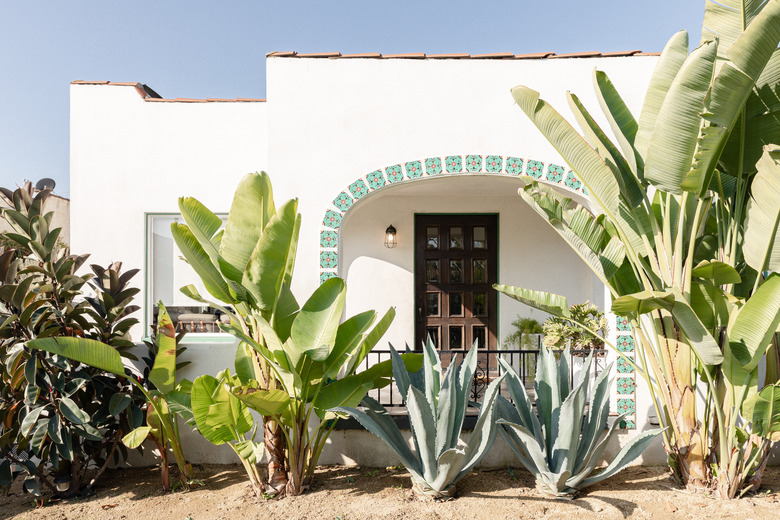Ecosystem Of A Garden
Though it may be relatively small, a garden is a complete ecosystem in and of itself. It has the same components as larger, more elaborate ecosystems, and requires the same elements to survive.
Ecosystem Basics
An ecosystem is a group of plants and animals that share the same resources and rely on one another for survival. Every ecosystem is made up of three groups of organisms: producers, consumers and decomposers.
Producers
A garden's plants are its producers, called so for their ability to produce their own food from sunlight. While the plants in a garden might be the end result for a gardener, they are only the foundation of a garden's ecosystem.
Consumers
There are two types of consumers in a garden: primary consumers (plant eaters) like caterpillars, bees and butterflies; and secondary consumers (meat eaters) like birds, snakes and spiders.
Decomposers
Fungi, bacteria, insects and worms make up a garden's decomposers. They break down dead organic matter, returning vital nutrients to the soil.
Considerations
A garden is an engineered ecosystem. The most successful gardeners know how to make its natural processes work for them, and choose the least invasive and most sustainable gardening methods.
